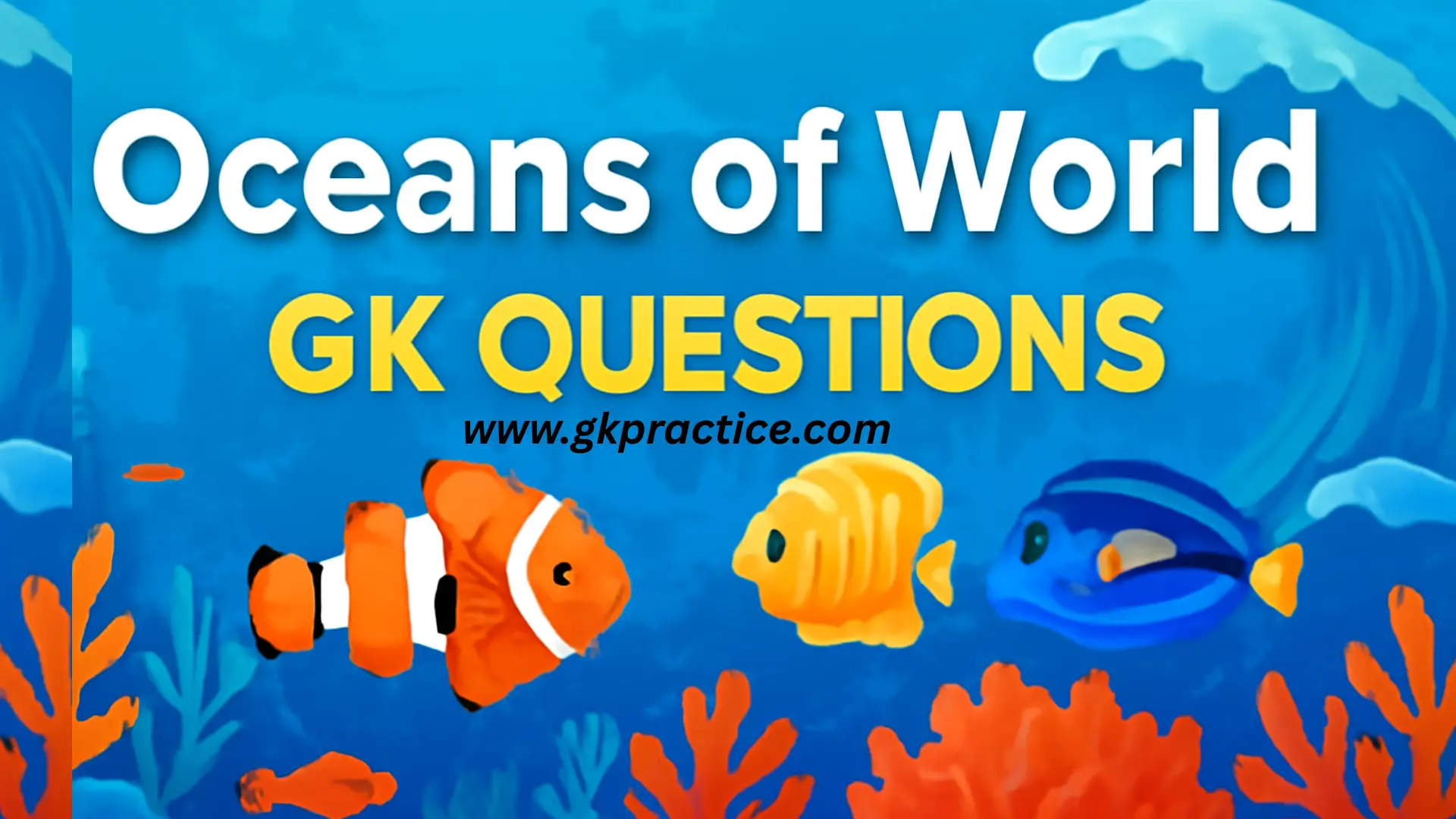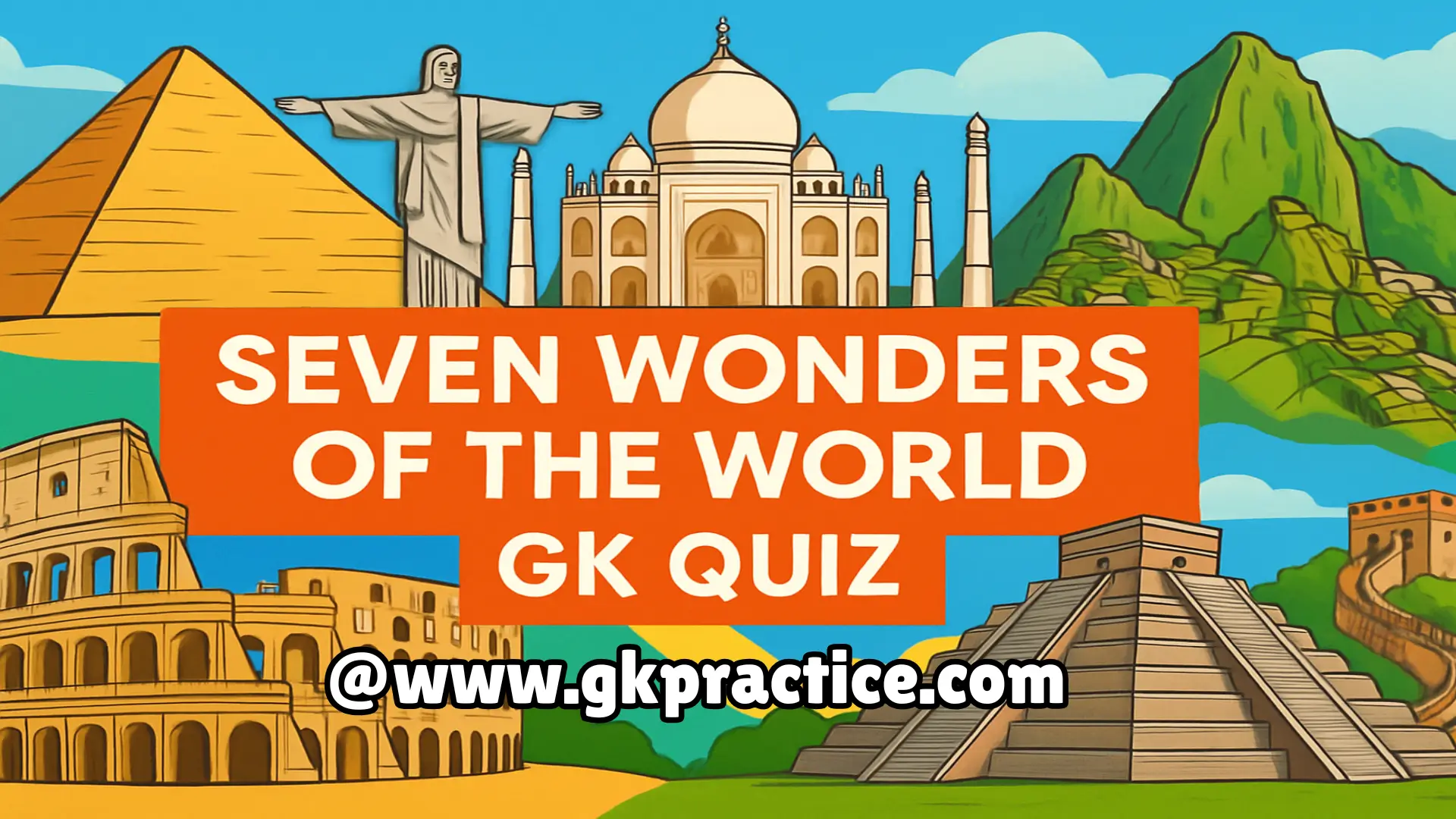A. Pacific Ocean
B. Atlantic Ocean
C. Indian Ocean
D. Southern Ocean
The Atlantic Ocean is intersected by the Equator and the Prime Meridian. Its strategic location influences shipping routes, ocean currents, and international trade.
A. Indian Ocean
B. Arctic Ocean
C. Pacific Ocean
D. Atlantic Ocean
The Arctic Ocean is the shallowest major ocean with an average depth of around 1,038 meters. It is mostly covered by sea ice, affecting marine ecosystems and global climate patterns.
A. Atlantic Ocean
B. Pacific Ocean
C. Indian Ocean
D. Southern Ocean
The Atlantic Ocean lies east of North and South America. It connects Europe, Africa, and the Americas, making it vital for international trade and transatlantic travel.
A. Pacific Ocean
B. Indian Ocean
C. Southern Ocean
D. Atlantic Ocean
The Indian Ocean borders the western coast of Australia. It is known for warm waters, monsoon winds, and rich marine biodiversity including coral reefs.
A. Pacific Ocean
B. Atlantic Ocean
C. Indian Ocean
D. Southern Ocean
The Bermuda Triangle is located in the western part of the Atlantic Ocean. It is famous for mysterious ship and aircraft disappearances, though most incidents have scientific explanations.
A. Pacific Ocean
B. Atlantic Ocean
C. Indian Ocean
D. Arctic Ocean
The Pacific Ocean borders the west coast of South America, influencing climate patterns such as El Niño and supporting major fishing industries along the coast.
A. Pacific Ocean
B. Indian Ocean
C. Atlantic Ocean
D. Southern Ocean
The Great Barrier Reef is located in the Coral Sea of the Pacific Ocean, off the northeast coast of Australia. It is the world’s largest coral reef ecosystem and a UNESCO World Heritage Site.
A. Pacific Ocean
B. Indian Ocean
C. Atlantic Ocean
D. Arctic Ocean
The Pacific Ocean contains thousands of islands, including Micronesia, Polynesia, and Melanesia. These islands host diverse cultures, ecosystems, and unique marine life.
A. Atlantic Ocean
B. Indian Ocean
C. Pacific Ocean
D. Arctic Ocean
The Mariana Trench, the deepest part of the world’s oceans, is located in the Pacific Ocean. It reaches depths of over 11,000 meters and supports unique deep-sea life adapted to extreme pressure.
A. Pacific Ocean
B. Atlantic Ocean
C. Indian Ocean
D. All Oceans combined
The term “World Ocean” refers to the interconnected system of all the oceans on Earth. It emphasizes how the oceans are a single, global body of water that influences climate, weather, and marine life worldwide.
We hope these Oceans of World GK Questions and Answers helped you learn interesting facts about the world’s oceans, their unique features, and their global significance. Keep practicing these questions to strengthen your general knowledge, improve your quiz performance, and gain a deeper understanding of the planet’s marine environments. Stay curious and continue exploring the wonders of the oceans!
* For more GK Questions and Exam Preparation Content, follow and subscribe to our YouTube Channel :GK Practice- Subscribe Now







